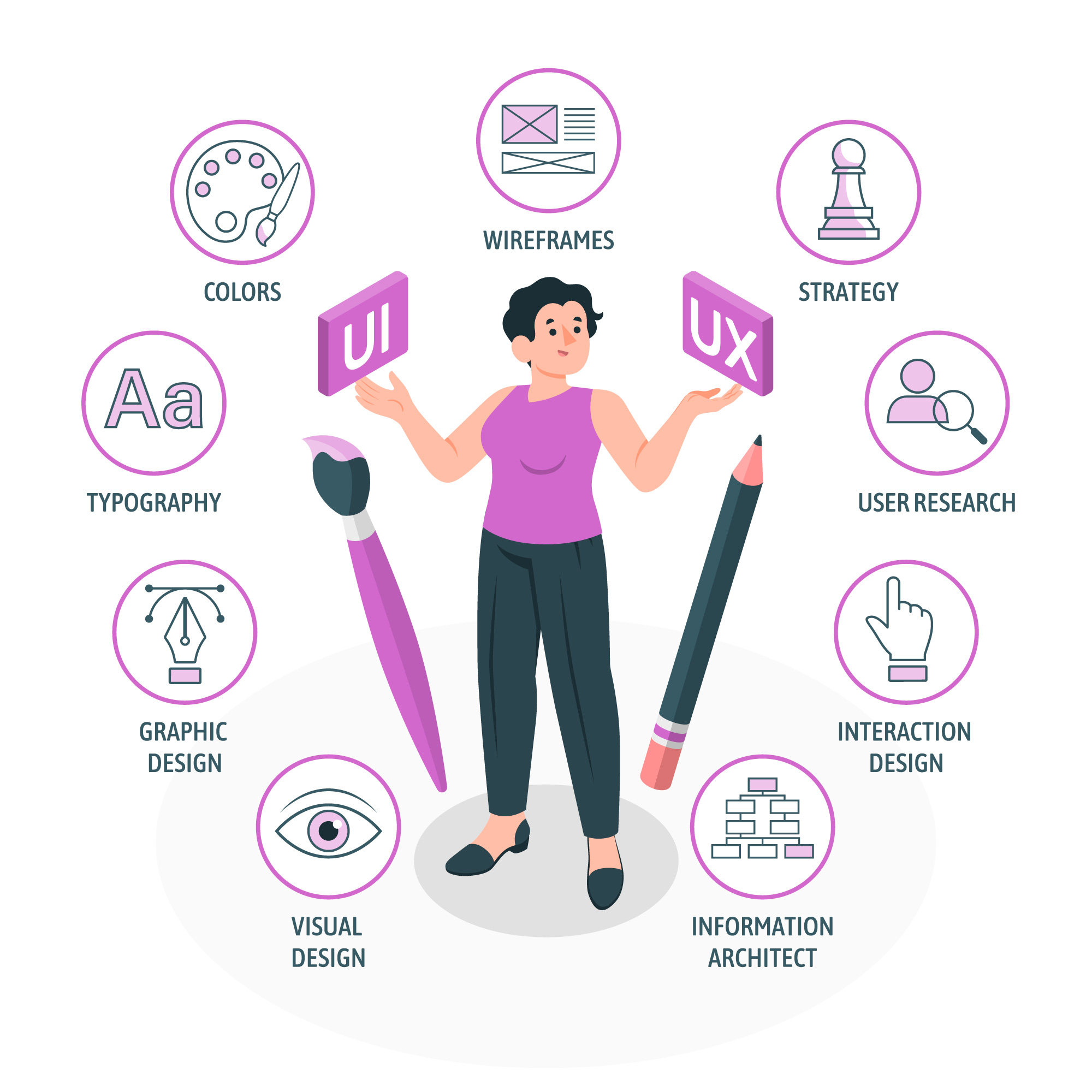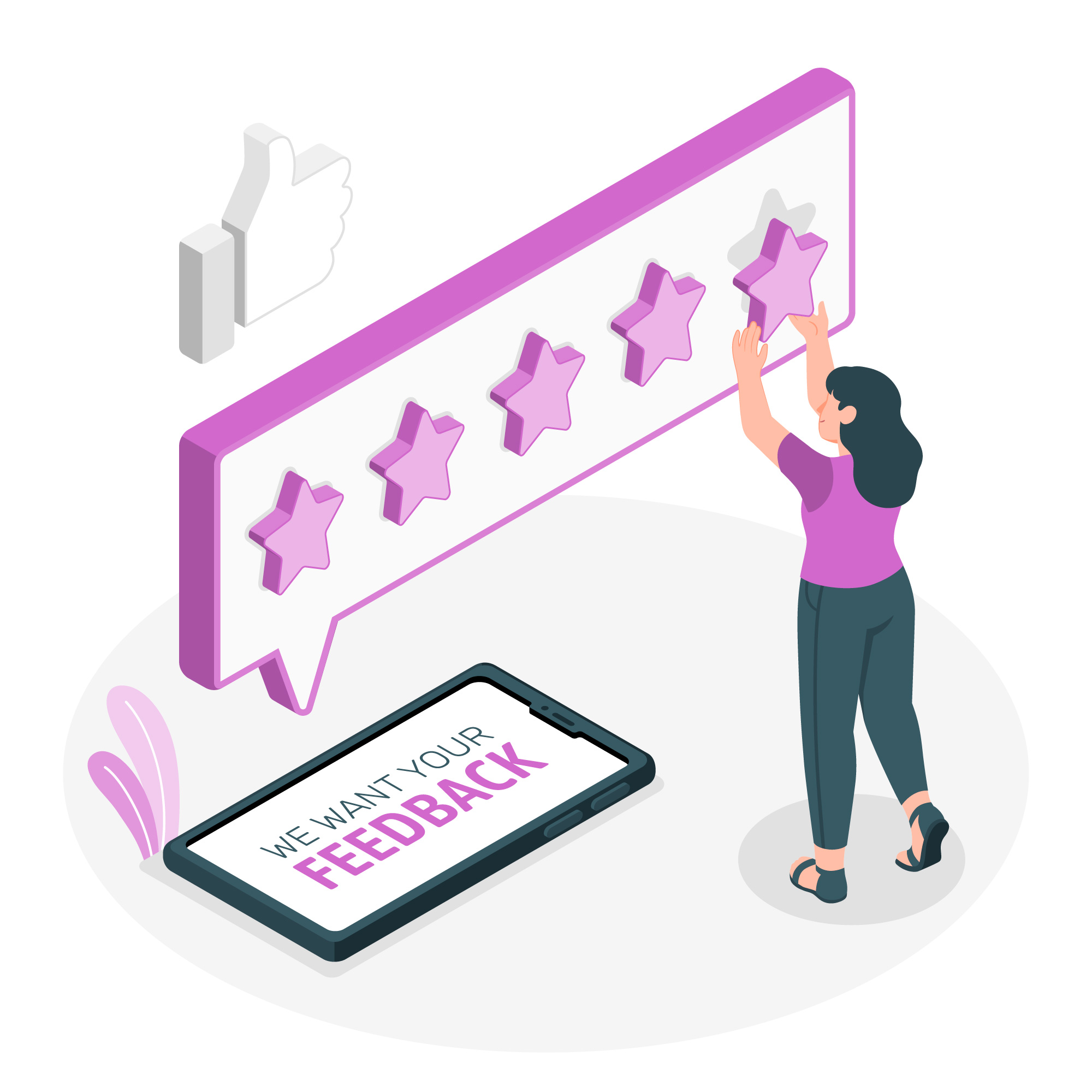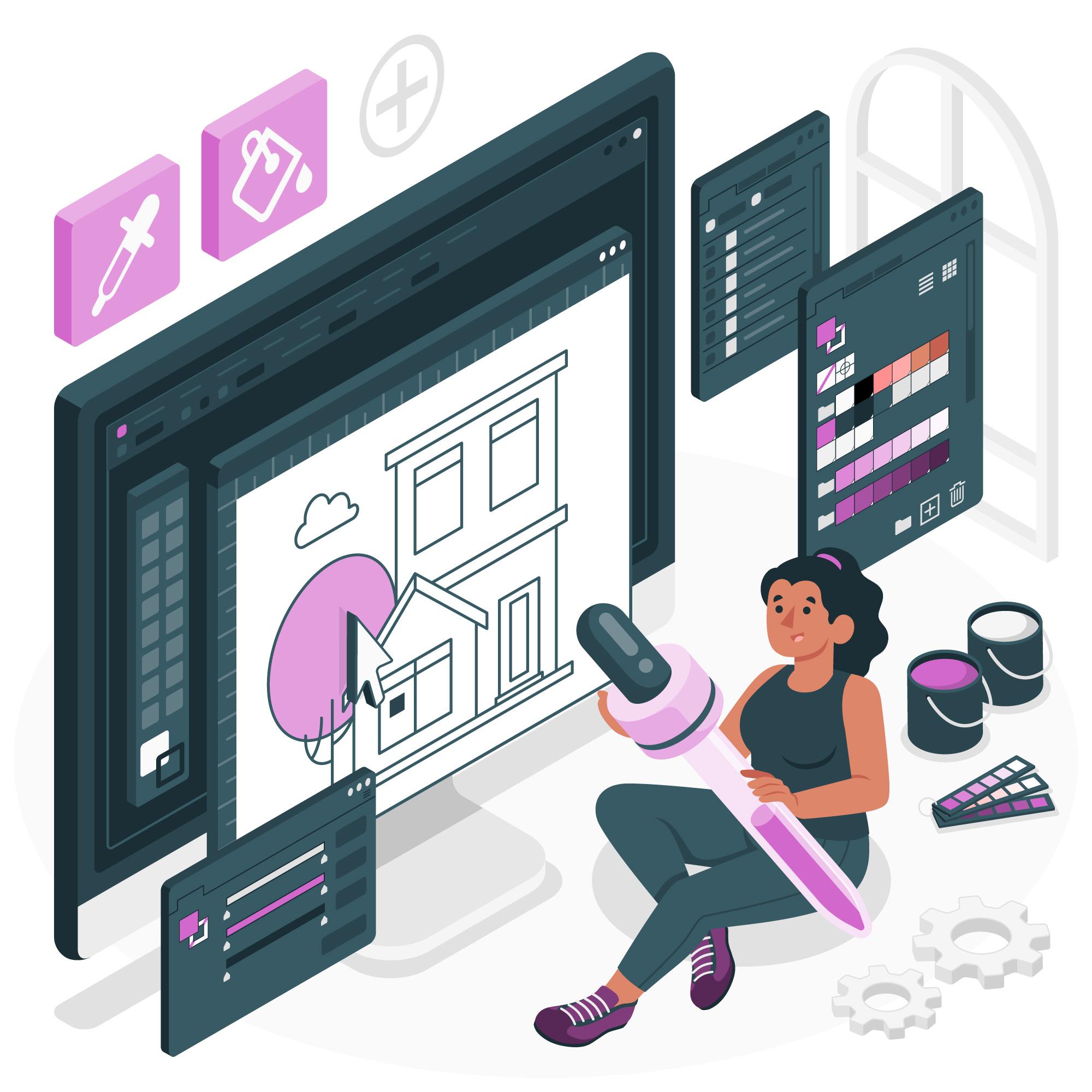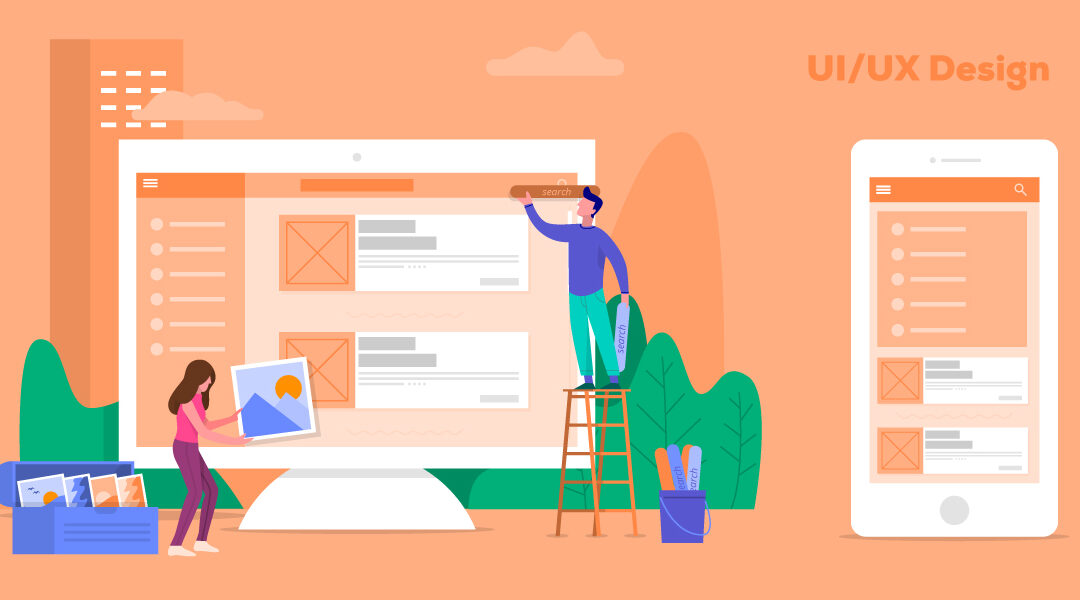The UI/UX design (user interface and user experience) of your online store play a pivotal role in determining success now that choices abound and attention spans are fleeting.
Beyond aesthetics, it profoundly influences how users interact with your platform, impacting everything from conversion rates to customer loyalty.
Let’s explore some of the reasons why UI/UX is so important in e-commerce development:
First Impressions Matter: Your website is often the first point of contact with potential customers. A well-crafted UI creates an immediate positive impression, fostering trust and encouraging users to explore further.
Navigational Ease: A seamless, user-friendly interface ensures that visitors can easily find what they’re looking for, reducing bounce rates and increasing the likelihood of conversions.
Conversion Rates and User Engagement: A thoughtfully designed UI/UX can significantly impact conversion rates. Clear calls-to-action, intuitive forms, and a frictionless checkout process contribute to a positive user experience, translating into higher conversion rates.


Brand Identity and Recognition: The UI is a visual representation of your brand. Consistent branding across the website builds recognition and trust, reinforcing your brand identity in the minds of customers.
Brand Identity and Recognition: The UI is a visual representation of your brand. Consistent branding across the website builds recognition and trust, reinforcing your brand identity in the minds of customers.
Search Engine Optimization (SEO): Google and other search engines consider user experience in their ranking algorithms. A well-optimized UI/UX positively impacts SEO, leading to improved visibility in search results.

As you can see, a great UI/UX design is a critical aspect of your e-commerce success and your business’s growth. That’s why we also wanted so share some actionable tips for creating intuitive and visually appealing interfaces:
1. Conduct thorough user research to understand the preferences, behaviors, and pain points of your target audience. Tailor your UI/UX design to meet the specific needs of your users.
2. Streamline the navigation process with a clear and organized menu structure. Minimize the number of clicks required to reach essential pages and products.
3. Optimize images, minimize unnecessary scripts, and leverage caching to ensure fast page load times. Slow-loading pages can frustrate users and lead to high bounce rates.

7. Implement A/B testing to compare different design elements and layouts. Analyze user behavior and feedback to continually refine and optimize your UI/UX for better performance.

4. Design prominent and visually appealing CTAs that guide users towards desired actions. Use contrasting colors and compelling language to draw attention to buttons and links.
5. Maintain a consistent color scheme, typography, and imagery throughout your website. Consistency reinforces brand identity and helps users feel familiar and comfortable with your online store.
6. Prioritize a responsive design that adapts seamlessly to various screen sizes. Test your website on different devices to ensure a consistent and user-friendly experience.






